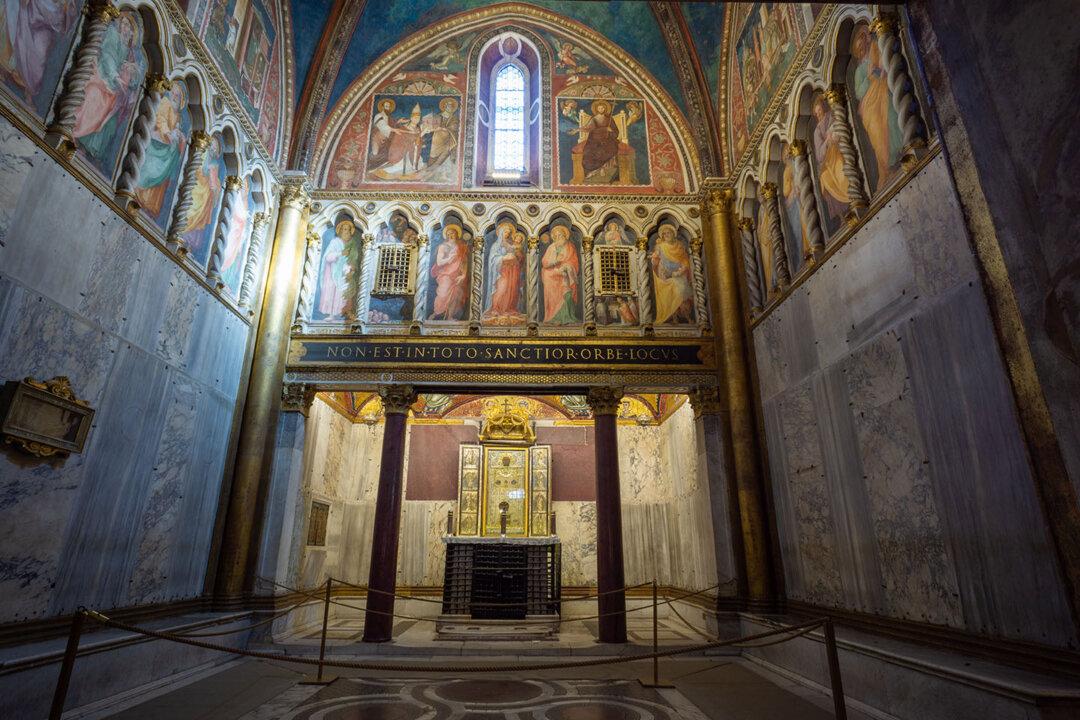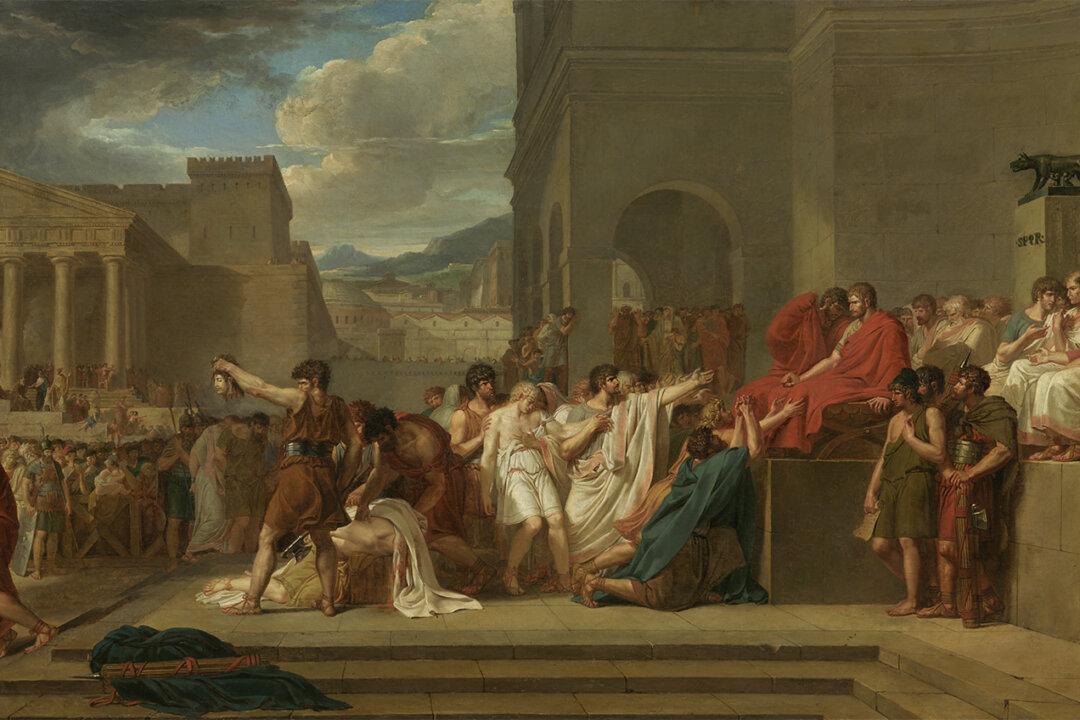Assiduously copied, zealously photographed, and widely circulated, images of Leonardo’s “Mona Lisa” and “The Last Supper” have pervaded Western society and beyond. The latter, though deteriorating in a Milanese convent since the late 15th century, has never ceased to draw crowds. The former is worshipped by every visitor to the Louvre, in Paris, where it is displayed. A cultural symbol more than a painting, the “Mona Lisa” has invited both theft and vandalism.
Masterpieces as they are, these works have received disproportionate attention due to their quasi-mythical status in the popular imagination. It’s no wonder that they have, since in his long and industrious career, the artist started many projects but finished only a handful. So any discovery of a “lost Leonardo” is bound to raise an uproar in the art world, and the prospect of owning one titillates the most prudent collector.





